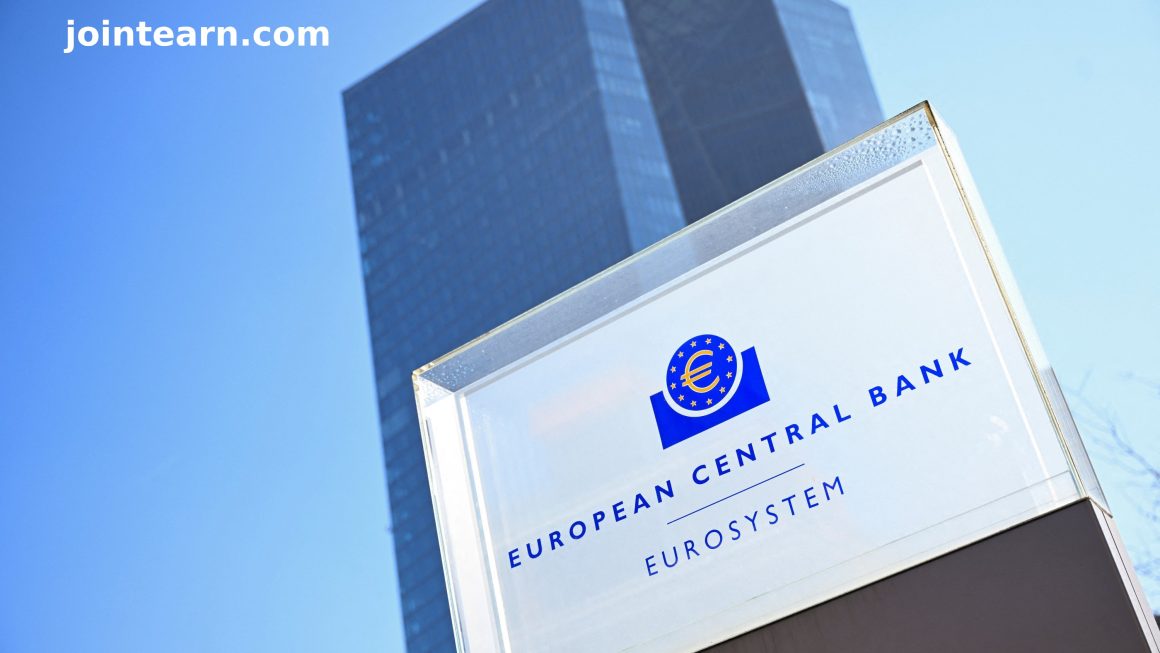In a bid to stimulate consumer spending amid ongoing trade tensions with the United States, China has announced a reduction in the minimum spending requirement for tax refunds available to foreign tourists. The policy change, effective Saturday, lowers the threshold for tax refund eligibility from 500 yuan (approximately $69) to just 200 yuan ($27) for purchases made at the same store on the same day.
Tax Refund Limits Increased to Encourage Tourism Spending
Along with the lowered minimum threshold, China has also doubled the upper limit for cash tax rebates to 20,000 yuan ($2,745), offering a more significant incentive for tourists to spend. The government aims to expand the coverage of tax refund shops and streamline the refund process to make it easier for international visitors to claim rebates.
In addition, China is encouraging regions with high tourist traffic to set up refund points, allowing travelers to claim rebates immediately after making purchases. This initiative is part of a broader effort to boost tourist consumption and attract more international visitors to spend in China.
China’s Push to Increase Inbound Tourism Revenue
The move comes as China looks to increase tourist consumption, which accounted for just 0.5% of the country’s Gross Domestic Product (GDP) in 2024, according to Sheng Qiuping, China’s Vice Minister of Commerce. This figure is lower compared to other major economies, where inbound tourism often contributes between 1% and 3% of GDP. Sheng emphasized the growth potential for China’s tourism sector, noting that foreign tourists spent $94.2 billion in 2024, marking a 77.8% increase from the previous year.
Impact of U.S.-China Trade War on Economic Growth
While China’s economy expanded by 5.4% in the first quarter of 2025, the ongoing U.S.-China trade war is expected to slow down the economy in the coming months. With tariffs on Chinese products imported into the U.S. set to rise to as much as 145%, and China retaliating with 125% tariffs on American exports, economists predict that the economy will face significant challenges ahead. However, Beijing remains committed to keeping its markets open to trade and investment.
To counterbalance the effects of the trade war, the Chinese government has implemented various economic stimulus measures. These include increased subsidies for the auto and appliance sectors and funding for housing and other industries struggling amid the trade conflict.
Conclusion: China’s Strategy to Boost Consumption
With these new tax refund incentives, China is hoping to stimulate both domestic and foreign tourism to support its economy during a turbulent period. The country’s efforts to encourage increased spending by international visitors reflect its broader goals to transition to a more consumption-driven economy, diversifying revenue streams and boosting economic resilience.












